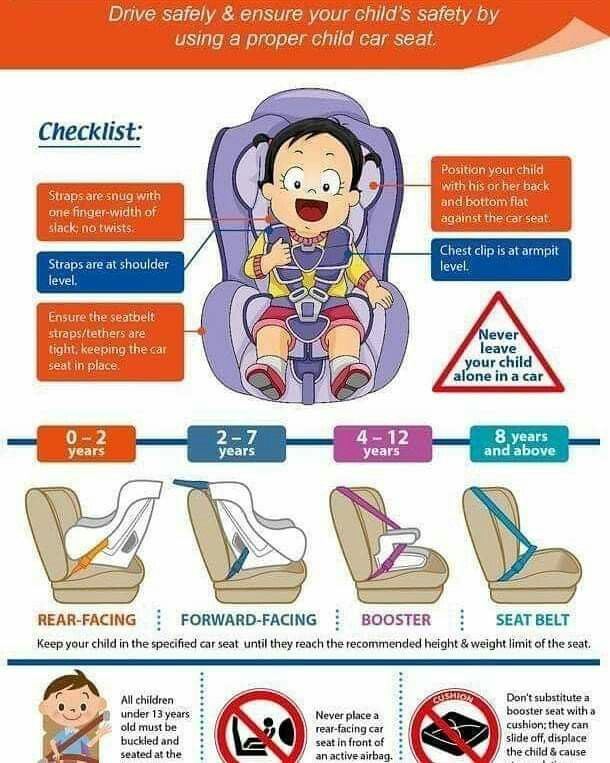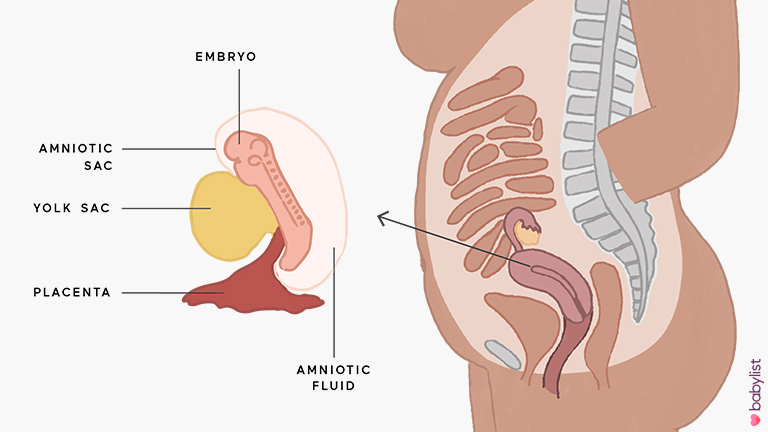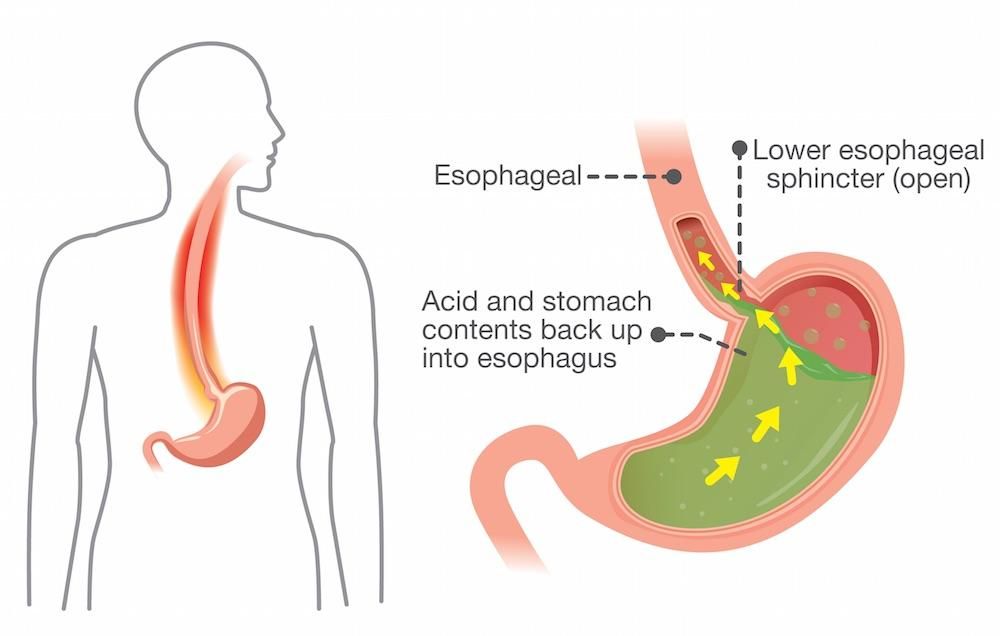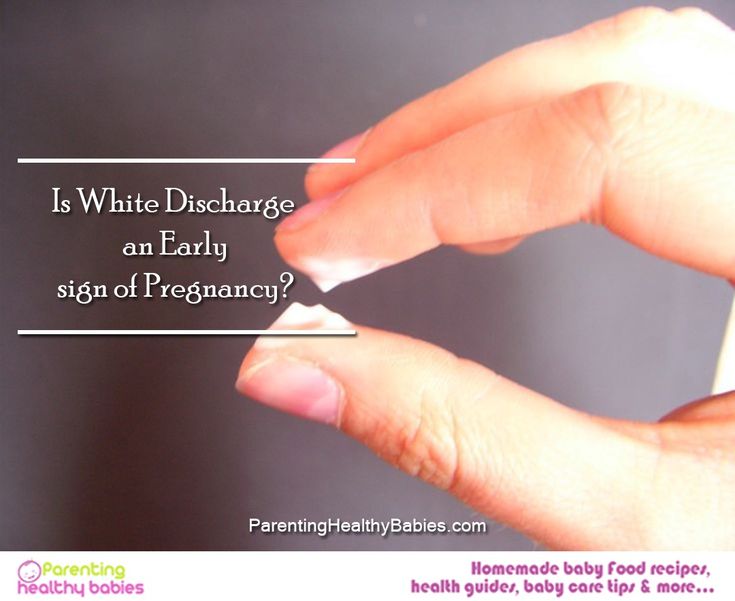How long does child need a booster seat
When can my child stop using a booster seat in the car?
Photo credit: Katie Rain for BabyCenter
Your child needs to ride in a booster seat until the seat belt fits them correctly. This usually happens when a child is 4 feet 9 inches tall and between 8 and 12 years of age.
Twelve might seem old to you – and your state law might not require you wait that long. (Plus, your big kid may be whining that "none of their friends" still ride in a booster seat.) But if your child isn't tall enough for the seat belt to cross their body in the right places when they buckle up, it can be unsafe for them to ride without a booster.
A survey of 1,000 parents by Safe Kids Worldwide concluded that 9 in 10 parents moved their children out of their booster seats before the recommended time.
The best way to determine when your child is ready to stop sitting in a booster seat – and use only a seat belt in a car – is to use the 5-Step Test detailed below.
To learn about car seat laws where you live, visit the Saferide4Kids website.
Why does my child still need a booster seat?
Until the seat belt fits well, and your child can wear it properly, they need a booster seat to protect them in case of a car accident.
In an accident, an ill-fitting seat belt can actually cause injury instead of preventing it. For instance, if the lap belt rests on your child's tummy (which it's likely to do without a booster), they could suffer stomach, liver, or spleen damage in a collision. If the shoulder belt sits off the shoulder, it can slip off during a crash and reduce protection. And if the shoulder belt rests against your child's neck rather than their chest, it may cause neck injury.
It's also risky if your child plays around with the seatbelt, putting it under their arm or behind their back. In a crash, this could lead to damage to their ribs and internal organs or head, neck, or spinal injuries.
A seat belt is safer than no seat belt or booster. But children riding in a booster in the back seat are 45 percent less likely to be hurt in a crash than children buckled into a seat belt alone.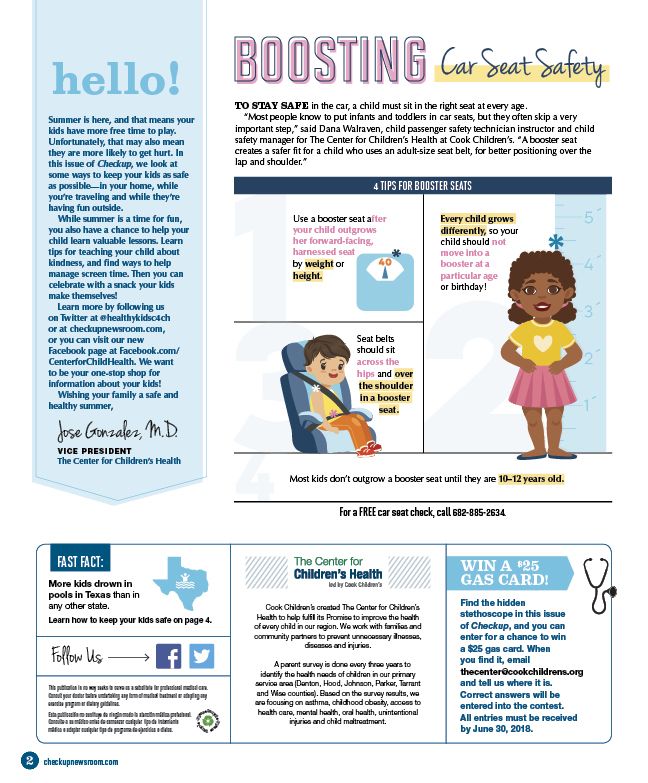
Advertisement | page continues below
How can I tell when my child can stop using a booster seat?
SafeRide4Kids created the 5-Step Test to help determine whether your child is ready to ride with a safety belt only (and whether the safety belt fits properly). To do the test, buckle your child into the back seat of your car without a booster seat and consider the following:
- Do they sit all the way back against the automobile seat, with their lower back against the seat? (They shouldn't slide forward to allow their legs to comfortably go over the edge of the seat.) A gap between their back and the seat will cause the seat belt to ride up onto their belly and also introduce slack in the seat belt.
- Do their knees bend comfortably at the edge of the vehicle seat and their feet rest flat on the floor?
- Does the lap belt naturally rest below their belly, touching the tops of their thighs?
- Is the shoulder belt centered between their shoulder and neck?
- Can they stay seated like this for the whole trip?
If you answer no to any of these questions, your child still needs a booster seat.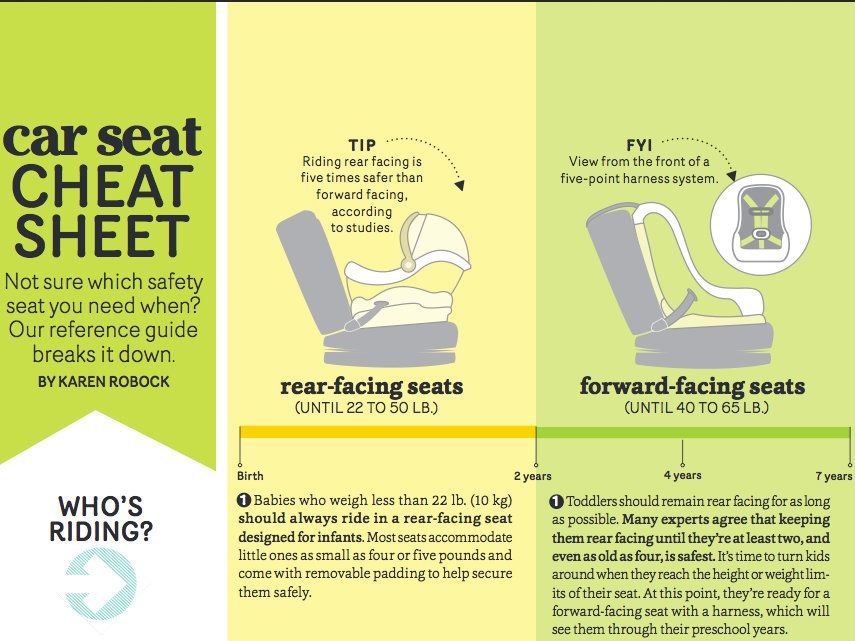 That's true even if your child has passed the height and age requirement for booster seats specified by your state law.
That's true even if your child has passed the height and age requirement for booster seats specified by your state law.
Your child may need a booster in one car but not in another, or in one row of a vehicle but not another. The third row often has a shorter seat than a middle row, for example – so your child's legs may be able to comfortably bend at the knee earlier in that seat.
If your child outgrows their current booster seat, replace it with one that has higher weight and height limits. Some booster seats accommodate up to 120 pounds. If they have a long torso, look for a booster seat that's designed to redirect the lap portion of the belt from the tummy to the tops of the thighs.
What if my child doesn't like their booster seat?
Be matter-of-fact about requiring a booster seat whenever your child rides in a car. No exceptions. If your child protests that they're too old to sit in a booster seat, here are some ideas to encourage them:
- Get a new seat.
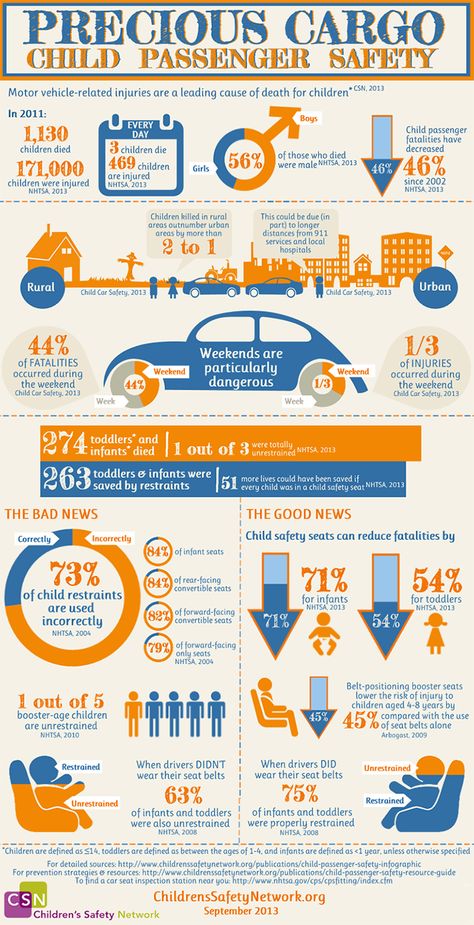 If your child's booster seat has seen better days, go shopping together and let them help choose a replacement.
If your child's booster seat has seen better days, go shopping together and let them help choose a replacement. - Highlight the positives. Point out that the booster seat makes the safety belt more comfortable. It also allows them to see out the window better.
- Emphasize safety. Tell your child it's your job to keep them safe. Make it clear that while certain things are negotiable during car rides, such as which music to listen to, safety is not.
Booster seat and seat belt safety tips
- Always have your child ride in the back seat if they're younger than 13, even if they no longer need a booster seat.
- Make sure any booster seat you use is installed correctly. Read the owner's manual and follow instructions. Check out these videos on how to install and use a backless booster and a high-back booster.
- Don't let your child tuck the shoulder belt under their arm or put it behind their back. If you brake suddenly or are involved in a crash, this could lead to severe injury.

- Never let anyone share a safety belt. It's not safe because in a crash the two occupants can strike one another, or one can crush the other. Everyone in the car must have their own car seat or safety belt.
- Don't use a seat belt adjuster or any product that didn't come with the booster seat. If your child is riding in the correct car seat for their size, they don't need any additional devices. These products may interfere with the correct fit of the seat belt. (If the booster came with a belt-positioning clip, use it if necessary to ensure the correct placement of the seat belt across your child's torso. Read the instruction manual for directions.)
- If your child is in a carpool, provide a booster for that car or see if the driver has extras.
- Secure the booster seat with a seat belt when it's not being used so it doesn't get thrown if you suddenly stop the car.
- Wear your seat belt, too, for your own safety and to set a good example for your child.

Learn more about booster seat safety.
What if I have only lap belts in the back seat?
You need both a shoulder belt and a lap belt to protect your child, whether they're in a booster seat or using only a safety belt. If a car has only lap belts:
- Find out if you can get shoulder belts installed.
- In the meantime, keep your child in a forward-facing car seat with a harness for as long as possible (until they hit the height or weight limit), rather than moving them to a booster seat.
- Use a travel vest. These are designed for children age 2 and older and 22 to 168 pounds. They can travel from vehicle to vehicle but usually require the use of a top tether. Many older vehicles can have a tether anchor retrofitted. Toyota and Lexus have a tether installation program. For other companies, check with the manufacturer, email [email protected], or call the Safe Ride Helpline at 800-745-SAFE.
If none of these options work, consider purchasing another car that has both shoulder and lap belts in the back.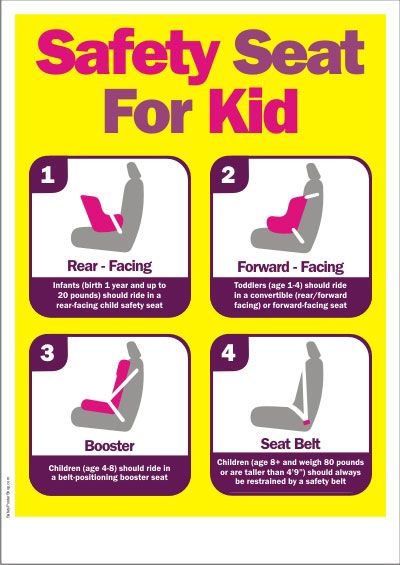
Learn more:
- Car seat safety
- When your child can ride in a forward-facing car seat
- Using a car seat on a plane
Karen Miles
Karen Miles is a writer and an expert on pregnancy and parenting who has contributed to BabyCenter for more than 20 years. She's passionate about bringing up-to-date, useful information to parents so they can make good decisions for their families. Her favorite gig of all is being "Mama Karen" to four grown children and "Nana" to nine grandkids.
How Long do Kids Need Booster Seats?
The legal answer to this question comes from the state in which you live. For the State of Ohio, booster seat law states a child should remain in a booster seat until they reach 8 years old or 4’9” tall, whichever comes first. The AAA has child restraint laws listed alphabetically by state for reference.
Because the legal age to ride without a booster is 8, we see a lot of children transitioning out of their booster seat right at their 8th birthday.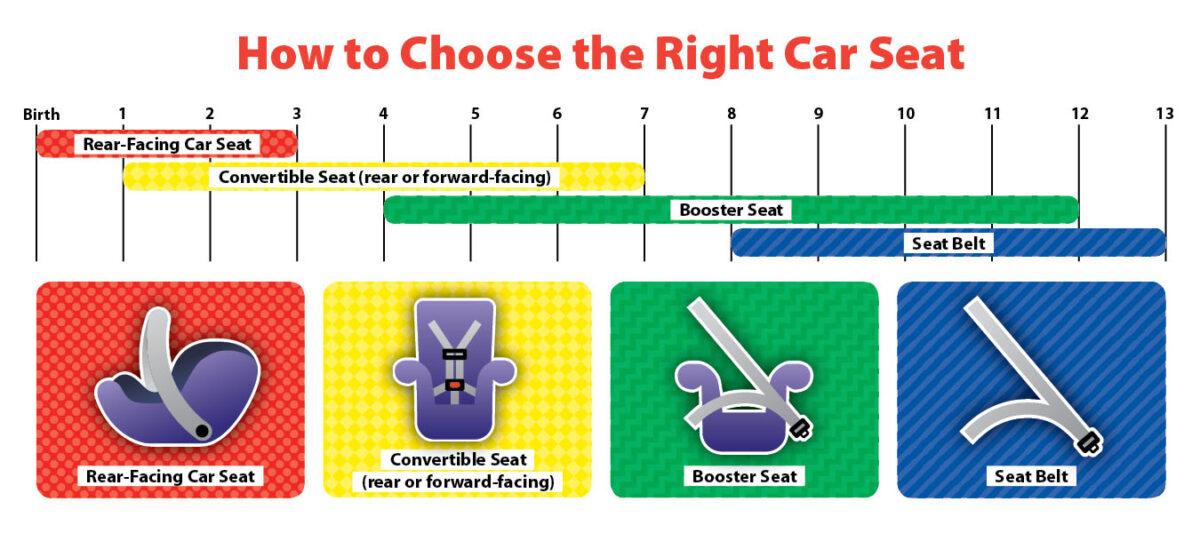 But most child passenger safety experts – myself included – advise families to keep kids in a booster until they reach 4’9” tall.
But most child passenger safety experts – myself included – advise families to keep kids in a booster until they reach 4’9” tall.
WHY THIS HEIGHT?
This height may seem tall, but it is the height determined to be the point at which the vehicle’s seat belt begins to fit like it would an adult. Seat belts, when first designed, were made for adults, not children, and therefore do not fit children properly.
CHECKING FOR PROPER SEAT BELT FIT
A proper seat belt fit means the lap belt sits low on the abdomen, across the pelvic bone and hips. It also means the shoulder belt is angled across the chest, collarbone and shoulder. It should not rub against the child’s neck. The official name for boosters is “belt positioning booster seats.” This is because the booster lifts the child into a position that allows the seat belt to fit properly.
If it doesn’t fit properly, the child could be injured more seriously in a crash. A lap belt across the stomach instead of hips can cause internal abdominal injuries in a crash. Additionally, a shoulder belt that has been placed behind the child’s back because it’s rubbing his or her neck cannot keep the child against the back of the seat in the event of a crash.
Additionally, a shoulder belt that has been placed behind the child’s back because it’s rubbing his or her neck cannot keep the child against the back of the seat in the event of a crash.
Bottom line, keeping children in booster seats longer than 8 years old is a good thing. One study found that children riding in booster seats are 45% less likely to be injured in a crash than a child just using a seat belt.
HIGH-BACK VS. NO-BACK BOOSTERS
There are no specific recommendations for when to transition a child from a high-back booster seat to a no-back booster. However, it’s always important to follow the instructions provided by the manufacturer. Many times there are different requirements between high-backs and no-backs in regard to age, weight and height. Additionally, it is important to remember that a high-back booster must be used in a vehicle where there is no headrest to protect the child’s head and neck in the event of a crash.
IS IT TIME TO SAY GOOD-BYE TO THE BOOSTER?
Your child may be as old as 12 before the seat belt fits him or her without the booster, but it’s important to wait until that point for each child.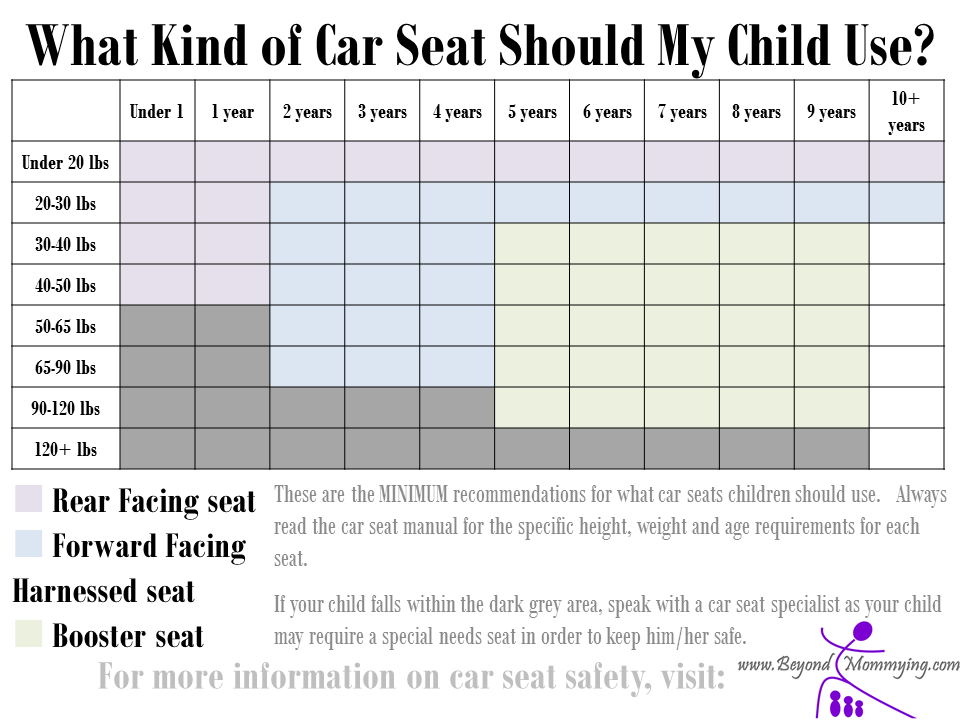 If you think your 8- to 12-year-old is getting close, you can do this five-step test to determine if they’re ready to ride without the booster. If you answer “NO” to any of these questions, we suggest you continue to use the booster seat and try again in 3 or 4 months.
If you think your 8- to 12-year-old is getting close, you can do this five-step test to determine if they’re ready to ride without the booster. If you answer “NO” to any of these questions, we suggest you continue to use the booster seat and try again in 3 or 4 months.
The five step test:
- Does the child sit all the way back against the auto seat?
- Do the child’s knees bend comfortably at the edge of the auto seat?
- Does the belt cross the shoulder between the neck and arm?
- Is the lap belt as low as possible, touching the thighs?
- Can the child stay seated like this for the whole trip?
And if you ever see your child put the shoulder belt behind his or her back, ask that they put it back immediately. If it’s an ongoing issue, it may be indication that you need to pull the booster back out and use it for a while longer.
Are you considering an inflatable car seat for your child? Learn more about inflatable car seat safety, how old your child should be to use one, and more.
About the author: Emily Lee
Emily Lee is an Injury Prevention Coordinator with the Cincinnati Children’s Comprehensive Injury Center. She is also a certified Child Passenger Safety Technician and Instructor. A lifelong Cincinnatian, Emily and her husband love exploring the city and spending time with their new dog, Bella.
10 questions and answers about booster vaccinations – vaktsineeri.ee
Why do we need a booster vaccination?
It is now clear that the protection that comes from vaccination does not last forever. The effectiveness of vaccines has been affected by the emergence of new variants of coronavirus: according to studies conducted in the UK, after the initial course of vaccination, protection against the omicron variant decreases very quickly as early as three months after immunization.
The task of booster vaccination is to remind the immune system that the danger of infection still exists and that it needs to quickly develop antibodies when it encounters a virus and thus strengthen the body's defenses. nine0005
nine0005
Does the booster protect against the omicron variant?
Recent scientific studies have shown that the level of protection in people who received a booster vaccination is 55-80% higher than in people who received 2 doses, whose level is only about 20%.
And the December data collected in Estonia (both omicron and delta are common in the country) show that booster vaccination significantly reduces both the risk of infection and the likelihood of serious illness. People who received a booster vaccine due to COVID-19On average, hospital treatment was needed 25 times less than unvaccinated people and 4 times less than those who had completed the initial course of vaccination, it turned out from the analysis of Christa Fischer, professor of mathematical statistics at the University of Tartu.
Who needs a booster shot?
All adults need a booster dose to reduce the risk of infection and severe disease, keep the burden on the medical system as low as possible, and keep society open.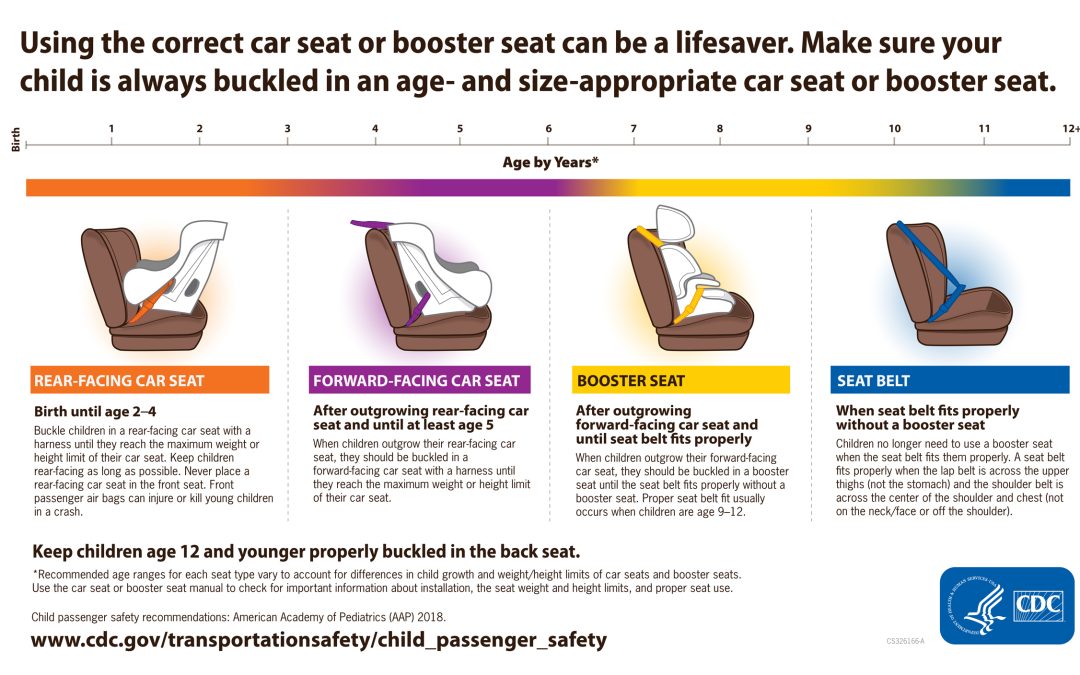 nine0005
nine0005
Vaccination as such, including booster shots, is critical for people at risk, in whom a weakened immune system can lead to severe illness, and for people working with risk groups.
When should I get a booster shot?
The Immunoprophylaxis Panel recommends a booster vaccination for all adults who have had 3 months since the end of their primary vaccination course for Pfizer/BioNTech, Moderna and AstraZeneca, and 2 months for Janssen vaccines. nine0005
It was decided to shorten the time frame for booster doses due to the rapid spread of the omicron variant and its greater ability to bypass immune defenses and infect more easily.
For those who have recovered from coronavirus infection, the Commission on Immunization recommends a booster vaccination 5 months after the first dose of vaccine or illness.
Which vaccine should I choose as a booster?
In Estonia, Pfizer/BioNTechi vaktsiini Comirnaty or Moderna Spikevax can be selected as booster vaccines, regardless of the primary immunization course.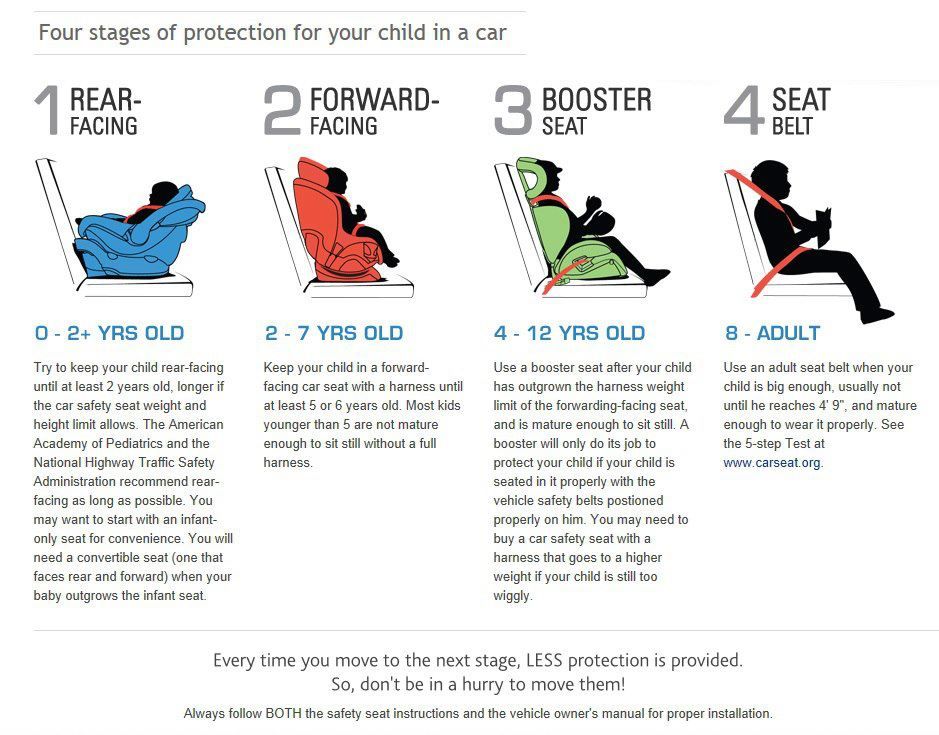 nine0005
nine0005
To date, a large number of reliable studies have already been collected, proving that the combination of vaccines gives an even stronger effect on immunity than if you give a booster vaccination with the same drug as the primary course.
Initial data suggest that the combination of an m-NRK vaccine (Pfizer, Moderna) and a vector vaccine (AstraZeneca, Janssen) elicits a more versatile immune response, resulting in the immune system being better able to recognize and respond to different variants and strains . nine0005
Why are boosters shown only to adults?
The Immunization Commission now recommends booster doses for adults only. The need for booster doses in children is only being studied and should become clearer in the first half of this year when sufficient data are available.
Children's immune systems are more sensitive than those of adults, so it is clear that children's immune defense against coronavirus lasts longer than adults.
Where can I get a booster shot?
You can get a booster vaccination at your family doctor, in hospitals, in vaccination offices in private clinics, in pharmacies.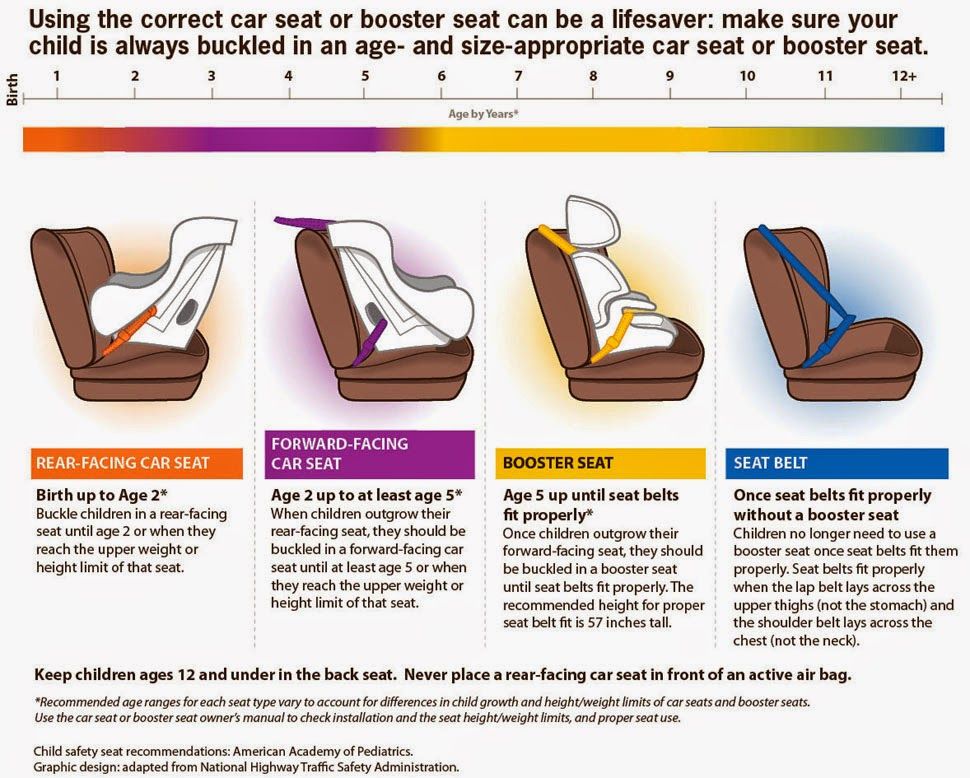 Vaccination points are also open all over Estonia, accepting without prior registration, where you can simply come.
Vaccination points are also open all over Estonia, accepting without prior registration, where you can simply come.
People with disabilities can also be vaccinated at home by informing their family doctor or calling 1247 about their desire to be vaccinated.
A list of all vaccination points in Estonia and their opening hours can be found here.
Does the booster take effect immediately?
As with the previous doses, the time of maximum protection for the booster does not develop immediately, but gradually. Maximum protection appears within two weeks after administration.
Do I need to renew my vaccination certificate after receiving a booster? When will it take effect and how long will it remain valid? nine0003
Yes, after the booster, a new COVID certificate must be created in the Patient Portal. This can be done immediately after vaccination and it will start working immediately. With a booster vaccination, the validity of the certificate is one year.
NB! If the booster shot is your second shot (for example, you have been vaccinated with Janssen before or had COVID-19 and received one dose of the vaccine), then the certificate of vaccination will not be valid immediately. Depending on the booster vaccination received, the new certificate will become valid after a certain time: 7 days after the introduction of Pfizer Comirnaty and 14 days in the case of Moderna Spikevax. Until then, you can use your existing COVID-certificate. nine0005
Will we still have boosters in the future?
The effect of a vaccine on a mutating virus does not last forever, so it is clear that in the future we will have to hit our immune system from time to time. It is currently impossible to predict how often this will happen and with what vaccines we will need to do this.
Still, there is hope that after several doses of the vaccine and several large waves of infections in the community, there will be massive protection against SARS-CoV-2, which in turn will reduce the coronavirus burden on hospitals. nine0005
nine0005
Third dose of COVID-19 vaccine versus booster dose of COVID-19 vaccine
Full immune protection after receiving the last dose of COVID-19 vaccine requires at least 2 weeks.
You are considered fully vaccinated if at least:
- 2 weeks have passed since your second dose of Pfizer-BioNTech or Moderna vaccine
- 2 weeks after receiving 1 dose of Johnson & Johnson vaccine
Since your level of protection after vaccination may decrease over time, you may need a booster dose of COVID-19 vaccine over time.
If you have an immune deficiency (weakened immune system), your doctor may recommend that you get an extra dose of COVID-19 vaccine as part of your initial vaccination course.
Third dose of COVID-19 vaccine helps people with weakened immune systems who may not have developed sufficient immunity after the first two doses of Pfizer-BioNTech or Moderna vaccine.
The booster dose is for those who may have experienced a decrease in immune response over time.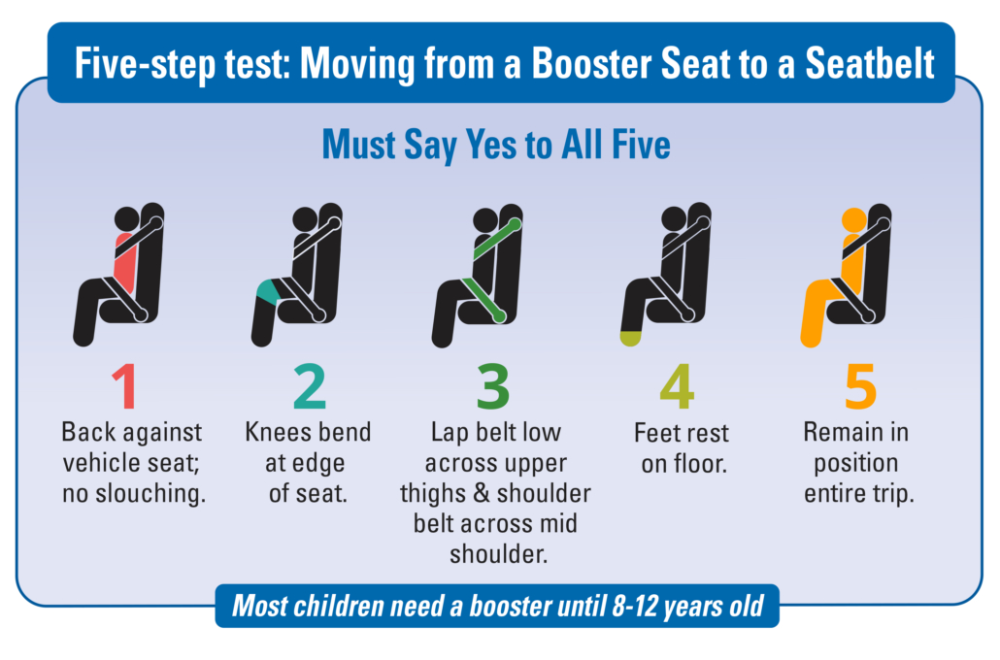 A booster dose is recommended for people at high risk of developing severe complications from COVID-19based on age or chronic diseases. It is also recommended for individuals who are at high risk of contracting COVID-19 due to their daily work.
A booster dose is recommended for people at high risk of developing severe complications from COVID-19based on age or chronic diseases. It is also recommended for individuals who are at high risk of contracting COVID-19 due to their daily work.
Third dose of COVID-19 vaccine
Studies show that people with weakened immune systems have a low immune response to the vaccine. This reduces the level of protection against the development of severe complications with COVID-19.
Individuals who may need an extra dose of COVID-19 vaccine, includes patients who:
- Currently receiving active cancer treatment
- Have received CAR-T cell therapy or a stem cell (bone marrow) transplant within the past two years
- Have impaired immune systems, including advanced or untreated HIV infection
- Have had an organ transplant and are taking drugs that suppress the immune system to prevent organ rejection
- Taking drugs that strongly suppress the immune system, including high-dose corticosteroids, chemotherapy, or other biologics
The third dose may help boost the immune system's response to the vaccine.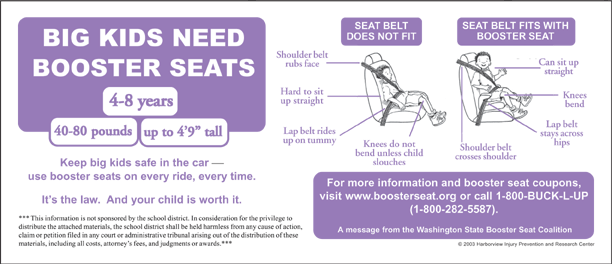 The third dose must be taken at least 28 days after the last dose. This must be the same vaccine you received earlier. A third dose is currently approved for people 12 years of age and older who have received the Pfizer-BioNTech vaccine and those 18 years of age and older who have received the Moderna vaccine.
The third dose must be taken at least 28 days after the last dose. This must be the same vaccine you received earlier. A third dose is currently approved for people 12 years of age and older who have received the Pfizer-BioNTech vaccine and those 18 years of age and older who have received the Moderna vaccine.
If you have questions about whether you can get a third dose, talk to your doctor. nine0005
COVID-19 vaccine boosters
Studies show that immunity can decrease over time. This means that the level of protection against COVID-19 may be reduced in some categories of people.
The US Food and Drug Administration (FDA) approves and the Centers for Disease Control and Prevention (CDC) recommends that some people get a booster dose. These updates apply to individuals who received a Pfizer-BioNTech or Moderna vaccine at least 6 months ago:
- Persons aged 65 and over
- Persons 18 years of age or older with chronic medical conditions
- Persons aged 18 or over who live or work in high-risk environments
Individuals 18 years of age or older who have received one dose of Johnson & Johnson vaccine should receive one booster dose of Johnson & Johnson vaccine at least 2 months after their first dose.